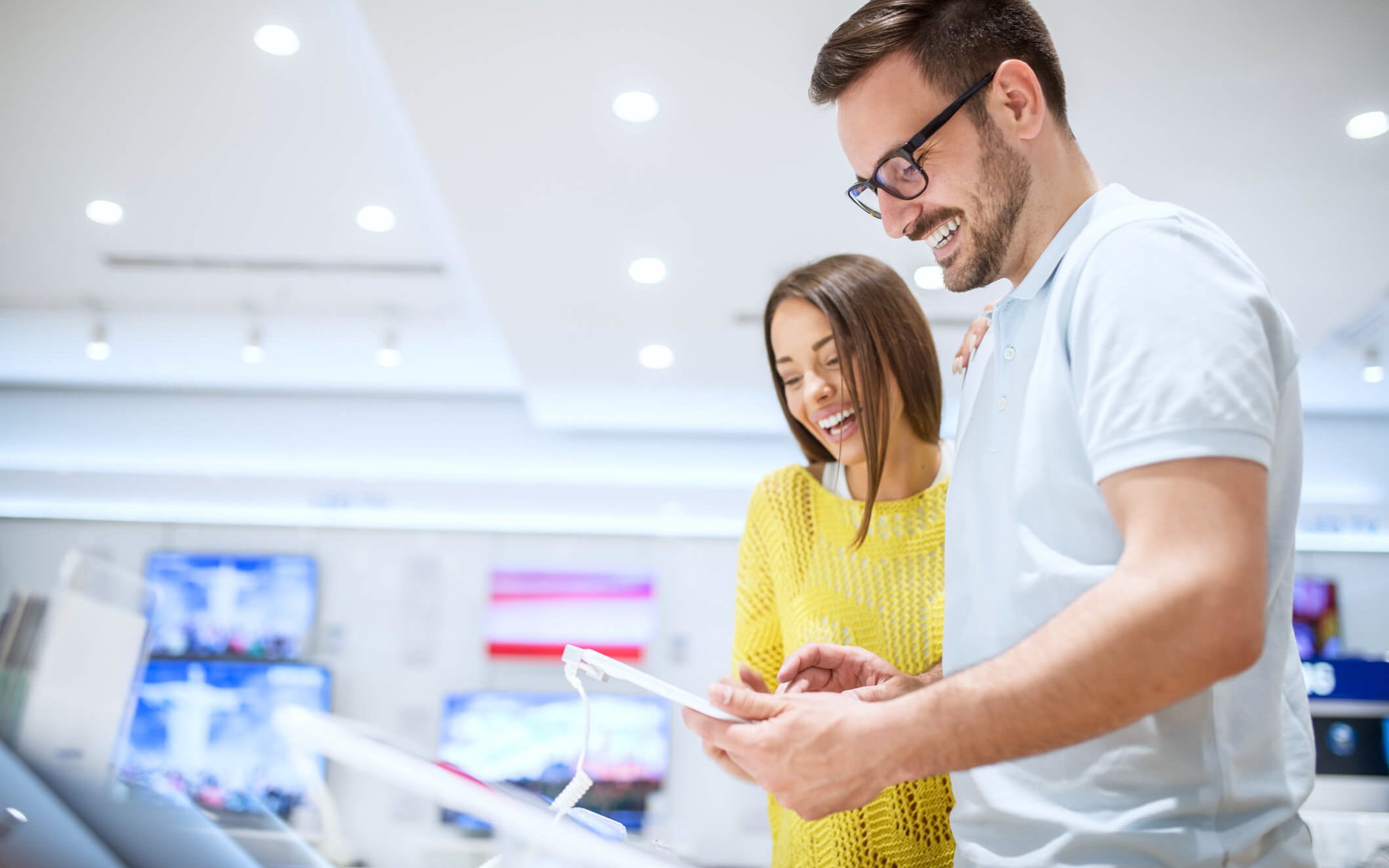
It can be tough to separate fast-burning fads from meaningful trends that deserve your attention. But while “phygital retail” might sound like a punchy buzzword invented by marketers, it accurately represents a new—and better—way to build a retail business.
Today’s customer shopping journey rarely takes place in just one channel. Shoppers quickly move from their phones to their computers to physical stores and back again. They even use their phones to shop online while standing in your store.
Omnichannel retail strategies help your brand engage with these new customer behaviors, but phygital retail goes even further to blend your channels for a consistent, seamless experience.
Still wondering why you should care? Let’s take a deeper dive into phygital retail.
Phygital Retail Isn’t Either/Or—It’s Both
To most, phygital retail might just sound like a fancier way of talking about omnichannel retail. There’s definite overlap between the two, but each plays its own distinct role in shaping the retail experience.
Omnichannel is characterized by the creation of multiple channels that consumers switch between without losing any part of that shopping experience. Their shopping cart and personal recommendations are the same on both mobile devices and desktop browsers. The products and pricing they find on one channel can also be viewed and purchased on another.
Phygital fully merges digital and physical retail, providing all of omnichannel’s benefits and more. In your brick-and-mortar store, for example, phygital retail enhances the very nature of the in-store shopping experience through augmented reality, digital touchpoints, and other data-driven features that enhance both the physical and online shopping experience.
What Does Phygital Retail Look Like?
Phygital retail might sound futuristic, but you’ve probably already been in forward-thinking stores where it’s being used. These technologies are quickly becoming accessible to SMB retailers. Some of the most effective technologies used as part of this strategy include:
- Dwell-time sensors, which gather foot traffic data to help you identify the most popular areas of your store versus areas that are being ignored.
- Facial recognition and sentiment analysis tools that analyze customer behavior and augment the shopping experience. A pilot program at Walgreens uses face-recognition software to determine a shopper’s age and gender, among other data points, and uses this information to deliver a targeted ad for products in coolers and/or freezers. These phygital tools can also track whether the customer looks at a product and/or picks it up, which gives the brand direct data on the effectiveness of the ad.
- Augmented reality and AI-driven experiences, which merge physical and digital shopping to better inform the customer and help them really appreciate the value of a product.
Harnessing Phygital Data
Phygital retail solutions give businesses new data acquisition channels to guide future decisions. This data might help identify product displays or store sections that require a new layout or better merchandising. Using data to optimize your store layout helps you maximize engagement and increase the time shoppers spend in your store.
Similarly, data from customer interactions with in-store signage, digital ads, and even individual products can help you adjust your inventory and your advertising strategy. Better data on in-store shopping behaviors can help you design a more engaging experience both online and in-store.
This data can also inform in-store retargeting and other marketing campaigns that are typically used only for online shoppers.
Phygital retail may be a trending topic right now, but it’s trending because it represents the future of retail shopping. As you evolve your physical store and embrace new retail technologies, phygital retail won’t just be a thought experiment—it will become a cornerstone of how you grow your business.


